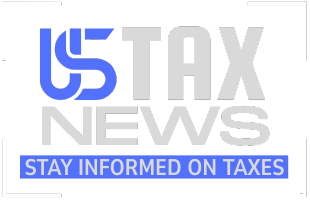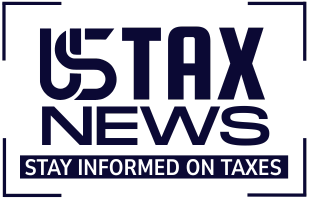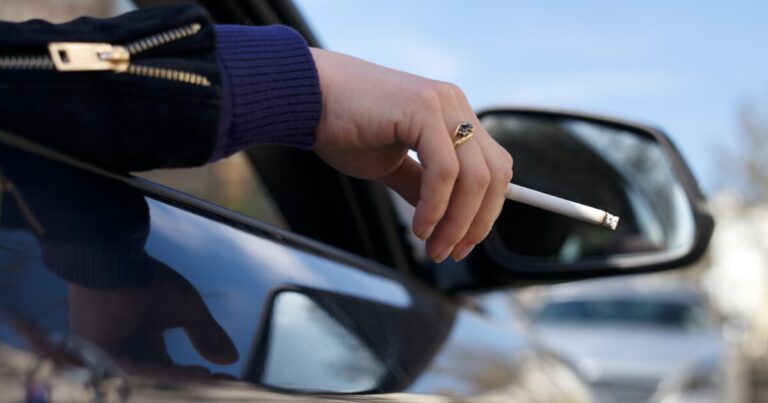The federal government could collect up to $1.5 billion more in tax revenue over five years if pipe tobacco and roll-your-own tobacco were taxed at the same rate as cigarettes, according to a new government report.
The report, released Wednesday by the Government Accountability Office, noted that as smoking rates have declined, revenue from tobacco taxes has also decreased. “With consumers choosing more e-cigarettes and oral nicotine pouches — neither of which is federally taxed — this revenue could decline further,” said the report.
After Congress enacted the Children’s Health Insurance Program Reauthorization Act in 2009, major tax rate differences among similar smoking tobacco products resulted in market shifts among these products. CHIPRA increased the tax rate disparities between roll-your-own and pipe tobacco and between small cigars and some large cigars, resulting in tax avoidance and leading manufacturers and consumers to substitute lower-taxed tobacco products for higher-taxed ones. Those trends have continued, and the generally lower-taxed products — such as pipe tobacco and large cigars — have become the top products in their respective markets.
That’s translated into less tax revenue for the federal government. Federal revenue from tobacco excise taxes has dropped from around $14 billion in fiscal year 2014 to $9 billion in fiscal year 2024 as sales of smoking tobacco products have fallen. The extent to which the increased use of e-cigarettes and oral nicotine pouches has affected the market for traditional smoking tobacco products is unknown, however.
The GAO believes federal tax revenue would probably increase if Congress voted to up the tax rate for pipe tobacco to match the current rate for roll-your-own tobacco. The GAO estimates that if the tax rate for pipe tobacco were the same as the roll-your-own tobacco rate, the federal government could collect at least $1.5 billion dollars in additional revenue for both products from fiscal year 2025 through fiscal year 2029.
Likewise, federal tax revenue would probably grow if the minimum tax rate for large cigars were equal to the tax rate for small cigars. However, a precise estimate is difficult to determine because of limited information about the retail prices of large cigars and consumer response to increased taxes.
Another complicating factor is the filing of “drawback” claims. Drawbacks are refunds of up to 99% of duties, taxes or fees paid on imports and can be requested by companies that export similar, qualifying goods. Companies have filed more drawback claims since the Trade Facilitation and Trade Enforcement Act of 2015 modernized and generally expanded eligibility for the drawback program a decade ago, according to CBP officials. CBP refunded a total of $312 million in federal taxes through drawbacks for smoking tobacco products from fiscal year 2019 through fiscal year 2024. Since fiscal year 2020, companies have asked for increasing amounts of drawback refunds for these products. In fiscal year 2024, these drawback refund requests totaled approximately $392 million.
Back in 2012, the GAO reported on a similar issue and recommended that Congress should consider equalizing tax rates on roll-your-own tobacco and pipe tobacco and, in consultation with the Department of the Treasury, consider options for reducing tax avoidance related to the different tax rates for small and large cigars. As of July 2025, however, Congress has still not passed legislation to reduce or eliminate tax differentials between smoking tobacco products. Instead, last month, Congress passed the One Big Beautiful Bill Act, which generally lowered taxes for most large companies.


